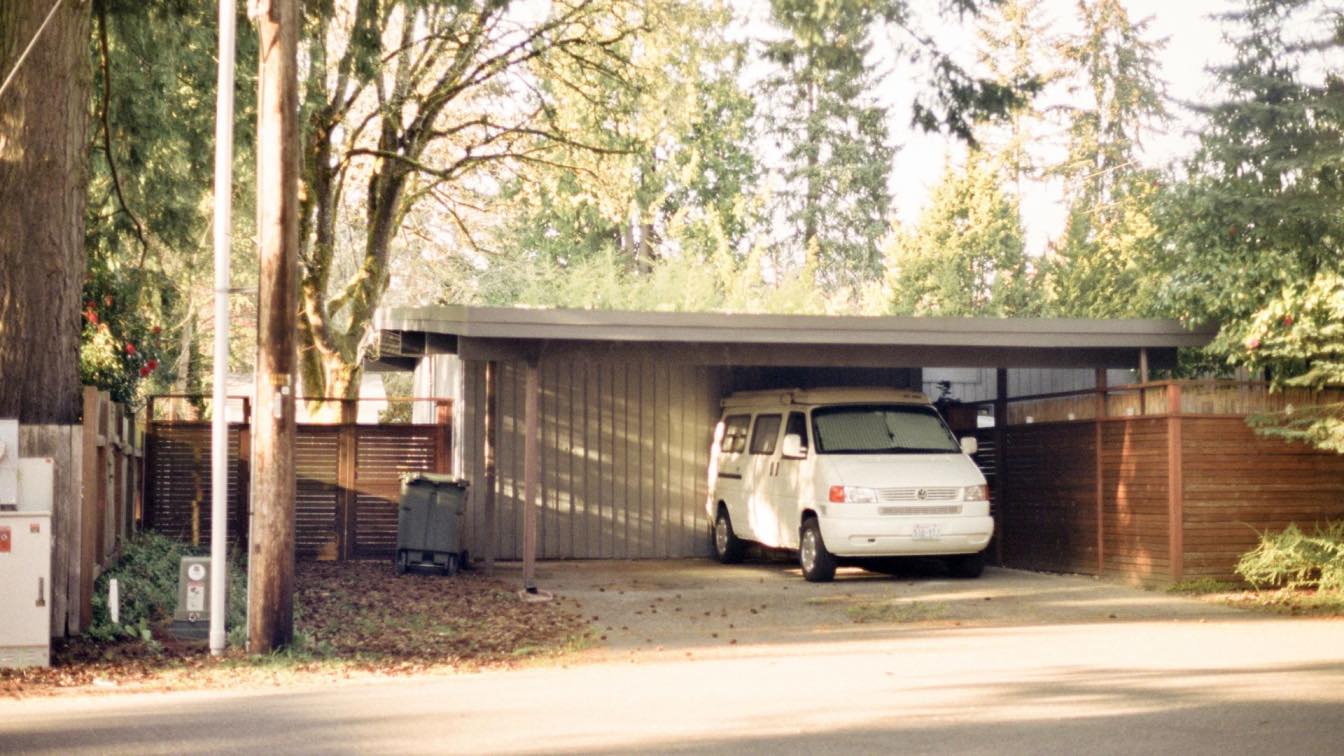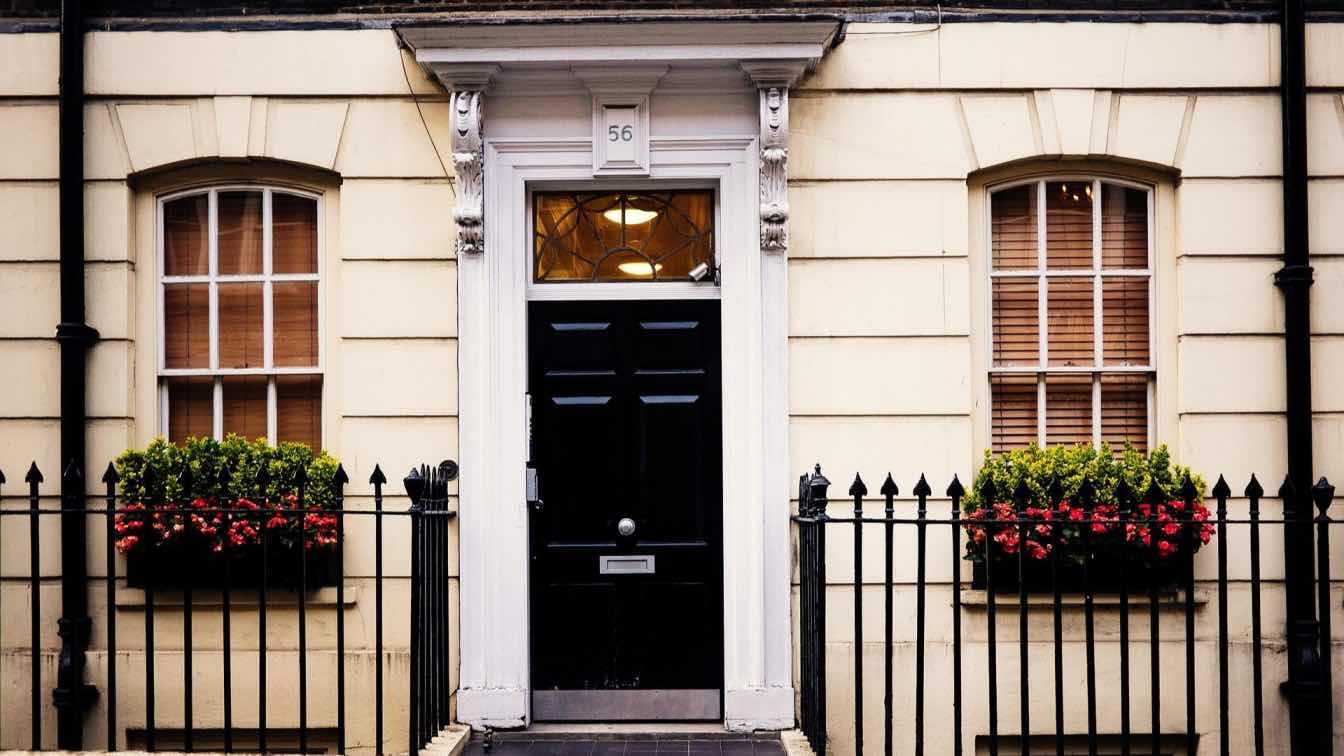Creating a home that's both unique and affordable can often seem out of reach. Many think that customization is unreasonably expensive, but with the right approach, you can design a personalized, stylish space without overspending.
Whether you're starting from scratch or renovating, here are expert tips to help you strike a balance between creativity and cost-efficiency.
1. Prioritize Your Must-Haves
Before you get into the details, it’s essential to determine what matters most to you. Make a list of must-haves and prioritize them. Ask yourself what features or spaces you can’t live without. For example, do you want a reading nook, a home office, or large windows for natural light?
Focusing on these elements at the outset ensures your budget goes toward the things that truly matter, keeping your home low-cost yet innovative.
2. Consider Prefabricated or Modular Homes
If you’re looking for a budget-friendly way to build a custom home, consider going modular. Modular building using shipping containers has become an increasingly popular and economical alternative to traditional construction. Shipping containers are durable, easy to customize, and can be stacked or arranged in various configurations to create one-of-a-kind, compact homes.
What makes this approach even more appealing is that it reduces construction time and labor costs, as much of the work is done off-site. You can also personalize the design to fit your style while keeping expenses in check.
3. Source Materials Smartly and Sustainably
Saving money on materials is key to keeping your home affordable, but that doesn’t mean sacrificing quality. Look for sales, discounts, or clearance items on big-ticket materials like flooring, countertops, and cabinetry. Timing your purchases can result in significant savings, and you can often negotiate with suppliers to get better deals, especially during off-seasons.
Additionally, consider using recycled or vintage-inspired materials such as reclaimed wood, salvaged doors, or handmade fixtures. These options not only cut costs but also add a charming, quirky character to your home, making it truly distinctive and eco-friendly. Shopping sustainably is a great way to create a home that’s both stylish and conscious of the environment.
4. Opt for an Open Floor Plan
Open floor plans are not only trendy, but they’re also more cost-effective than building multiple rooms with walls and doors. An open design can make smaller spaces feel larger and more inviting. Plus, fewer walls mean fewer materials and labor costs.
If you're exploring tiny home living, this layout can be a game-changer. It maximizes the available square footage, making the space feel cozier and more functional without feeling cramped.
5. DIY Where You Can
You don’t need to hire a professional for every part of your home’s construction or renovation. Taking on some DIY projects can save you a significant amount of money. Tasks like painting, installing light fixtures, or building simple furniture are things many homeowners can do themselves. Just be sure not to take on more than you can handle.
For more complex jobs like plumbing or electrical work, it’s usually best to hire a professional to avoid costly mistakes.

6. Design for Energy Efficiency
Energy efficiency starts with smart design and the right materials. Maximize natural light by including plenty of windows and skylights, reducing the need for artificial lighting and lowering your electricity bill. Additionally, invest in energy-efficient appliances, insulated windows, and proper insulation to cut down on long-term utility expenses.
These energy-efficient choices not only save you money upfront but may also qualify for tax credits or rebates. Plus, they can add to your home’s value, making your low-cost home a smart investment.
7. Hire the Right Professionals
When it comes to staying on budget, hiring the right team is crucial. Look for architects, builders, and contractors who have experience working within specific budgets for affordable homes. It’s worth interviewing multiple professionals to get quotes and see who best understands your vision for a cozy, customized, and creative space.
A good contractor will help you find cost-effective solutions without compromising on quality or design.
8. Plan for the Future
When designing your home, think long-term. Are there elements you can add now that will save you money or hassle later? For instance, planning your home’s layout with future expansions in mind can prevent costly renovations down the road.
It’s also smart to use durable materials that will stand the test of time, reducing maintenance expenses in the years to come. This forward-thinking approach is essential for building a sustainable and budget-friendly home.
Parting Words
Creating a home that’s both unique and affordable is all about smart planning and thoughtful decisions. By prioritizing what truly matters, exploring alternative building methods, and making cost-conscious design choices, you can bring your vision to life without stretching your budget.
With these expert tips, you’re ready to craft a home that’s perfectly tailored to your style and needs—without the hefty price tag.





